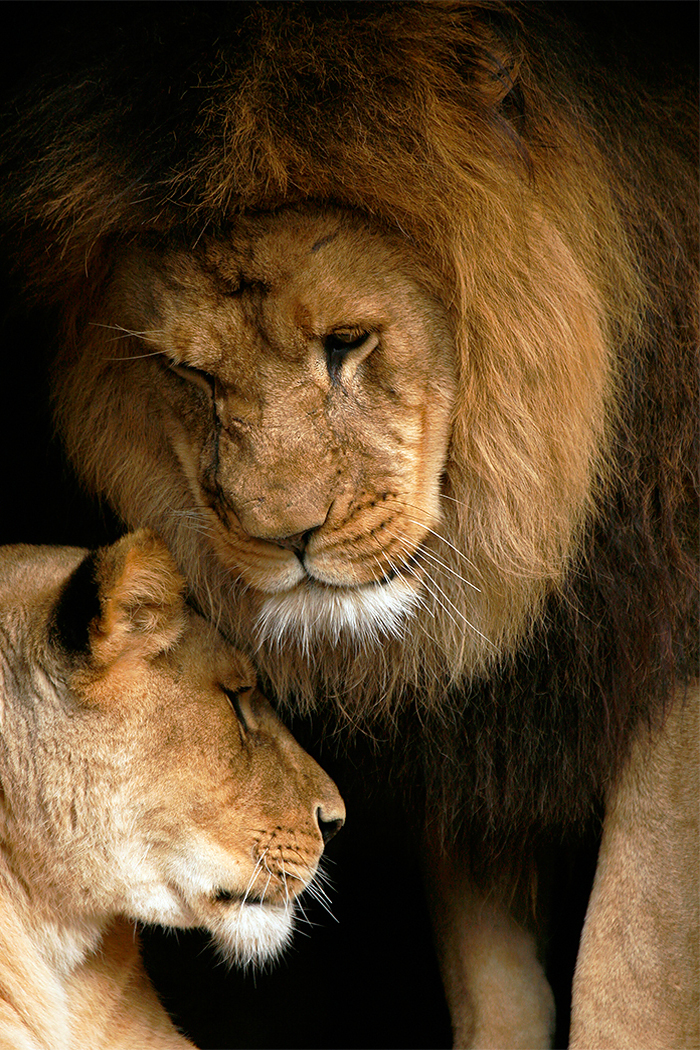
Introduction
Lions, often referred to as the "King of the Jungle," are majestic creatures that have captivated humans for centuries. Beyond their powerful presence and hunting abilities, lions also have a fascinating social structure and display affectionate behaviors within their prides. In this article, we will explore the concept of lion love and delve into the various ways these magnificent animals express affection towards their pride members.
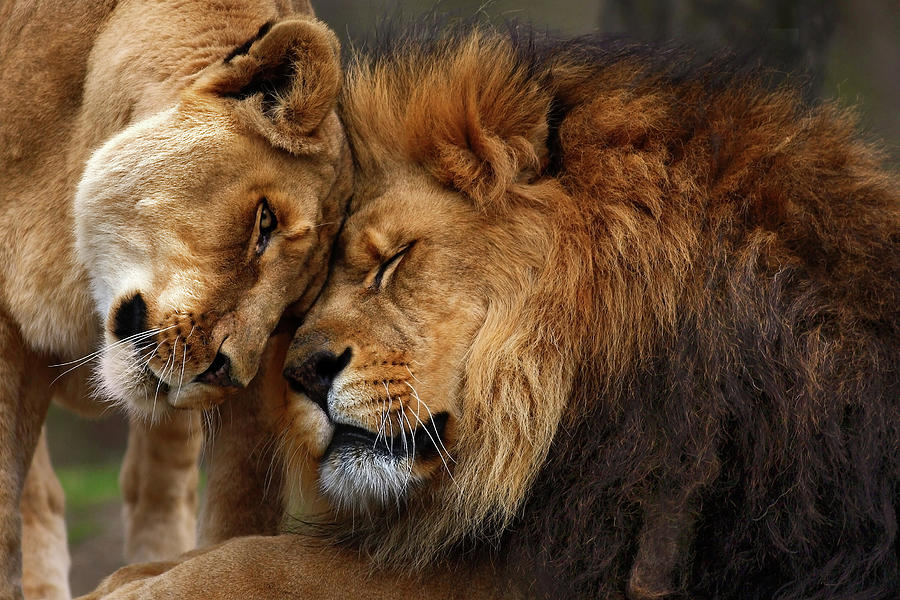
The Bond Between Lion Mates
Male and female lions form strong bonds, known as pair bonds, which are crucial for their survival and reproduction. These pair bonds can last for several years and are characterized by mutual grooming, rubbing heads, and even cuddling. Such displays of affection strengthen the bond between lion mates and contribute to their successful cooperation in hunting and protecting their territory.

Parental Love and Care
Within a lion pride, both male and female lions participate in parenting duties. Lionesses are responsible for hunting and providing food, while male lions protect the pride and cubs. The parental love and care displayed by lion parents are remarkable. Lion cubs receive constant attention and affection, including grooming, playing, and cuddling. This love and care ensure the survival and well-being of the young ones.

Playful Interactions
Just like domestic cats, lions enjoy playful interactions with each other. These interactions serve multiple purposes, including strengthening social bonds, practicing hunting skills, and releasing pent-up energy. Lions engage in activities such as chasing, pouncing, and mock fighting, all while displaying affectionate behaviors like nuzzling and rubbing heads. These playful moments reinforce the sense of unity and love within the pride.
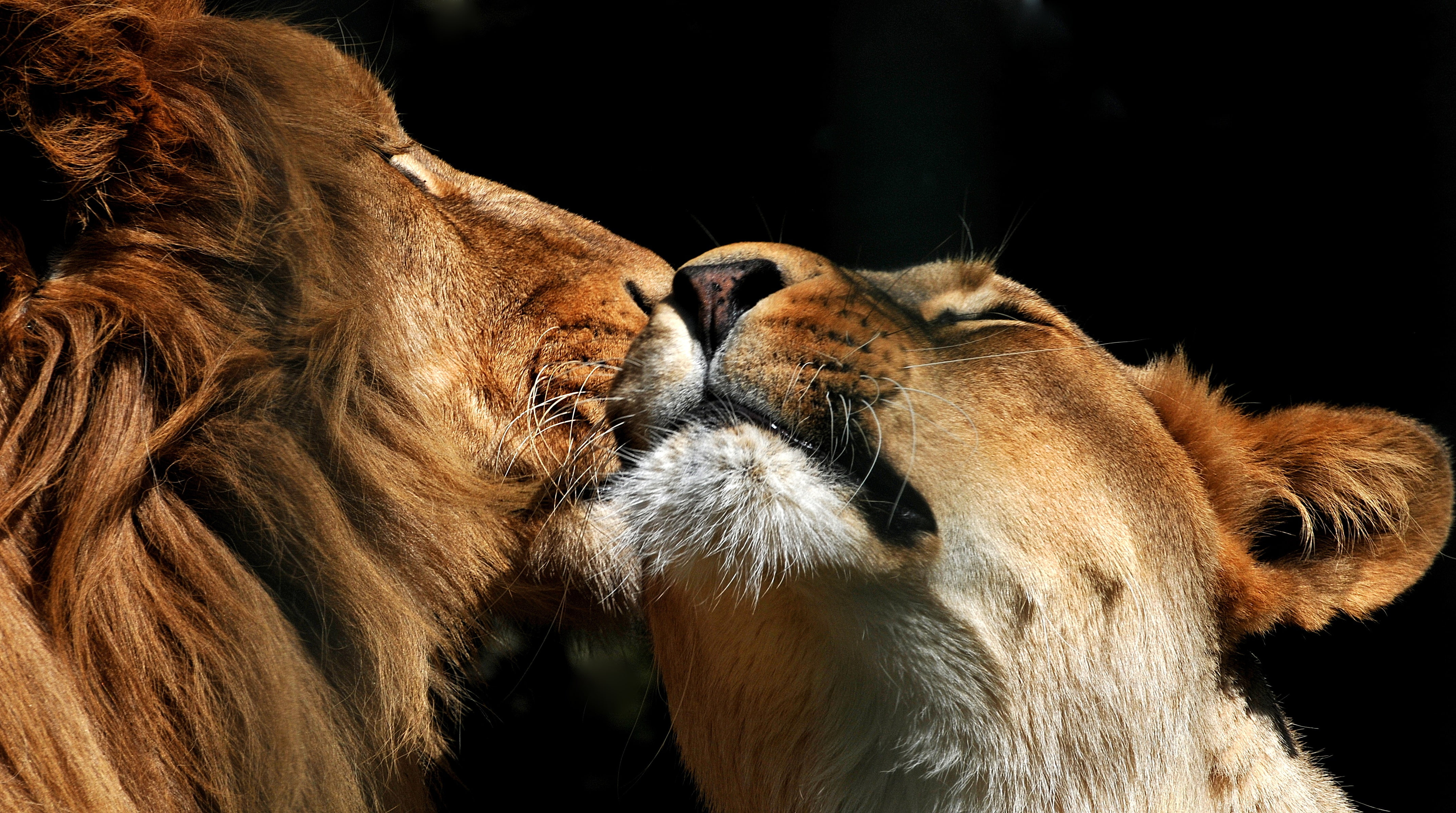
Grooming and Social Bonding
Grooming plays a significant role in lion social bonding and affection. Lions groom each other by licking or nibbling, especially around the head, neck, and back. This not only helps in maintaining hygiene by removing dirt and parasites but also strengthens social connections. Grooming sessions often lead to purring-like vocalizations, further enhancing the bond between pride members.

Non-Aggressive Affection
Unlike some other species where aggression is commonly associated with mating and territorial disputes, lion love is largely non-aggressive. Lions display affectionate behaviors without aggression, even during mating rituals. Male lions may rub their heads against the female's body, emit soft calls, and engage in gentle play. This gentle approach fosters a sense of trust and love between lion mates.
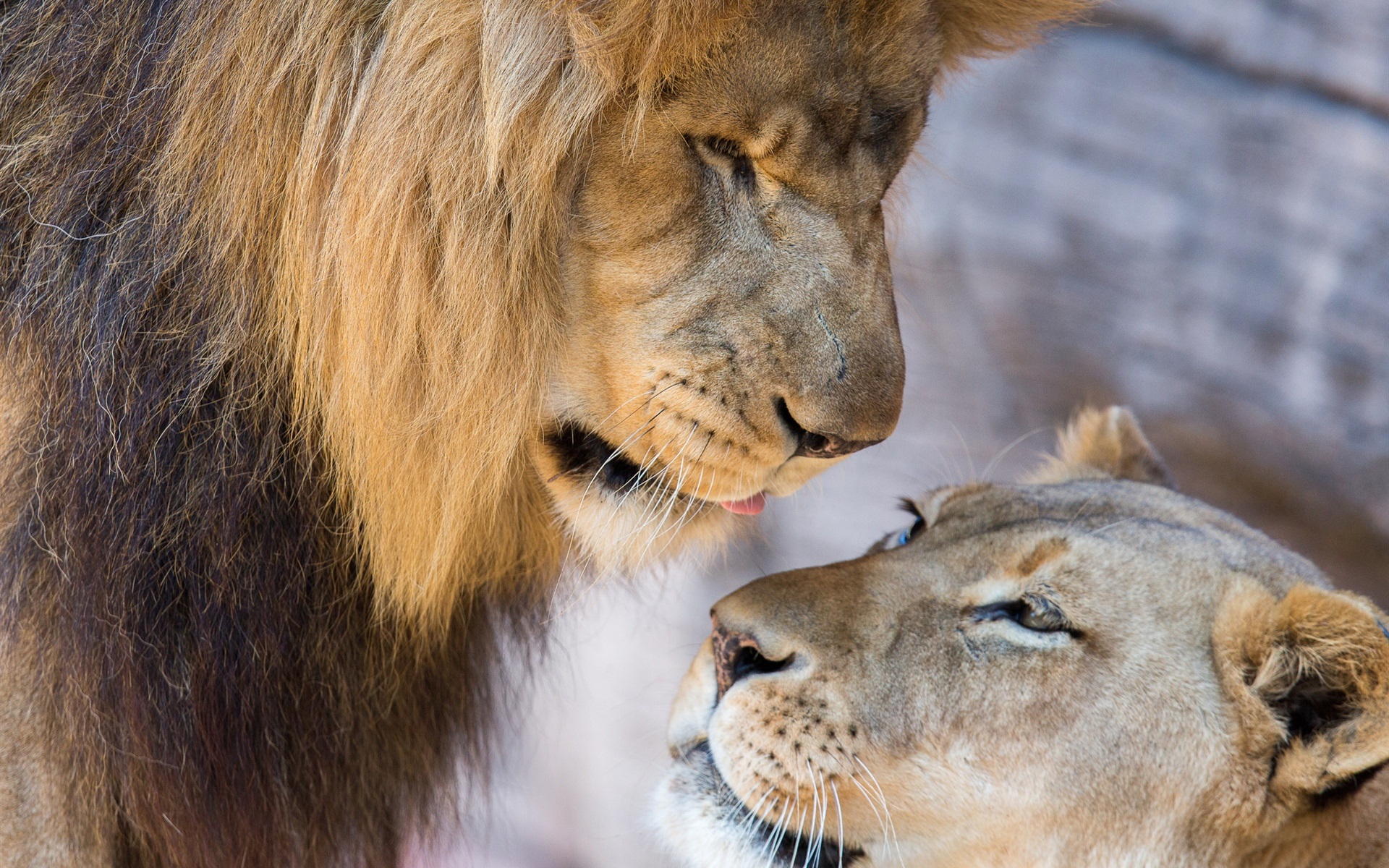
Communication through Body Language
Lions communicate their affection and love through various body language signals. Tail flicking, head rubbing, and gentle nuzzling are all common displays of affection within a pride. These non-verbal cues effectively convey emotions and reinforce social bonds among lions. Understanding lion body language helps researchers and wildlife enthusiasts in comprehending the depth of their affectionate behaviors.
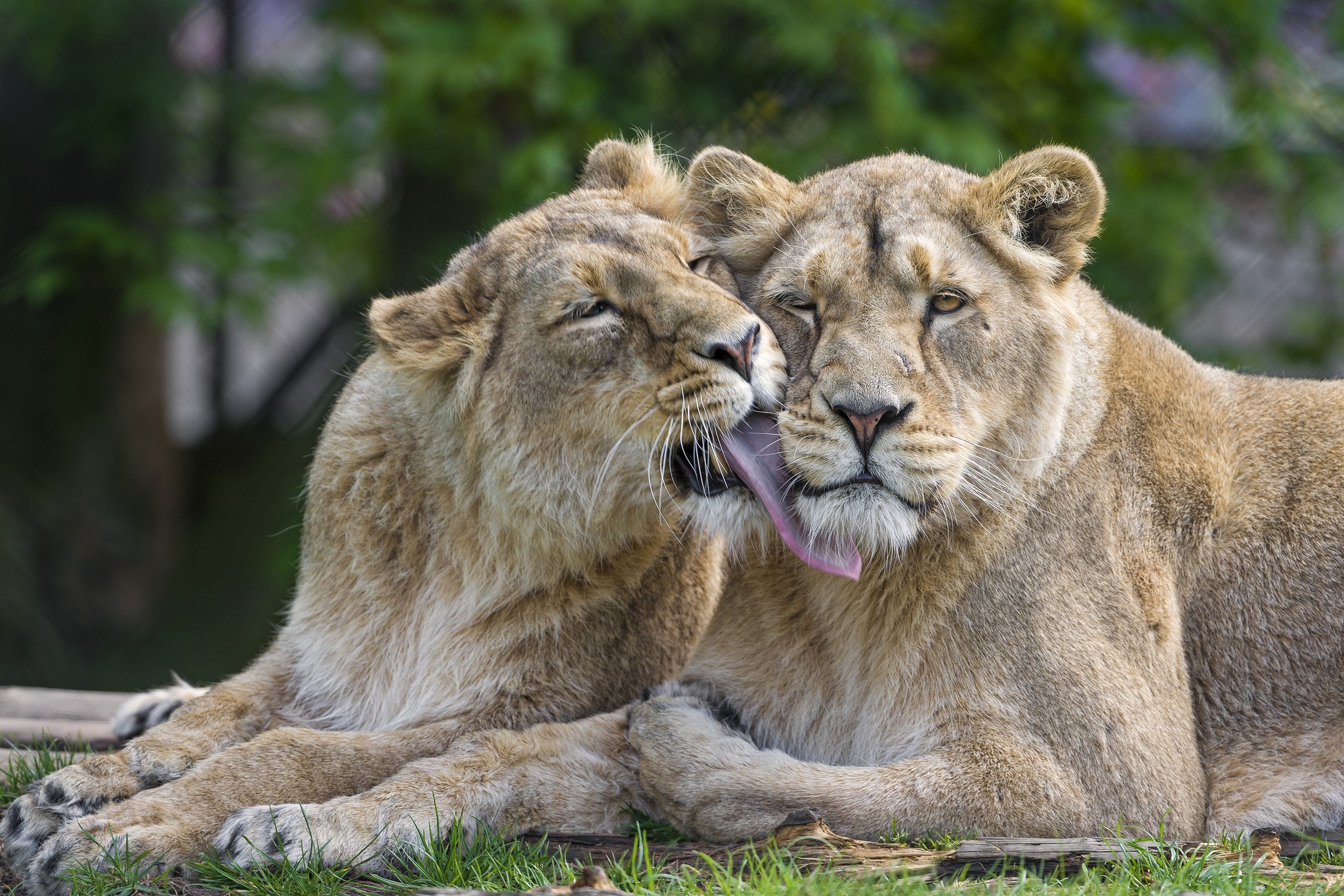
The Role of Scent Marking
Scent marking is an essential aspect of lion communication and plays a role in expressing love and affection. Lions possess scent glands on their faces and tails, which they use to mark their territories and objects of interest. By rubbing their heads against each other, lions transfer their unique scents, symbolizing their bond and affiliation. Scent marking acts as a unifying factor within the pride.
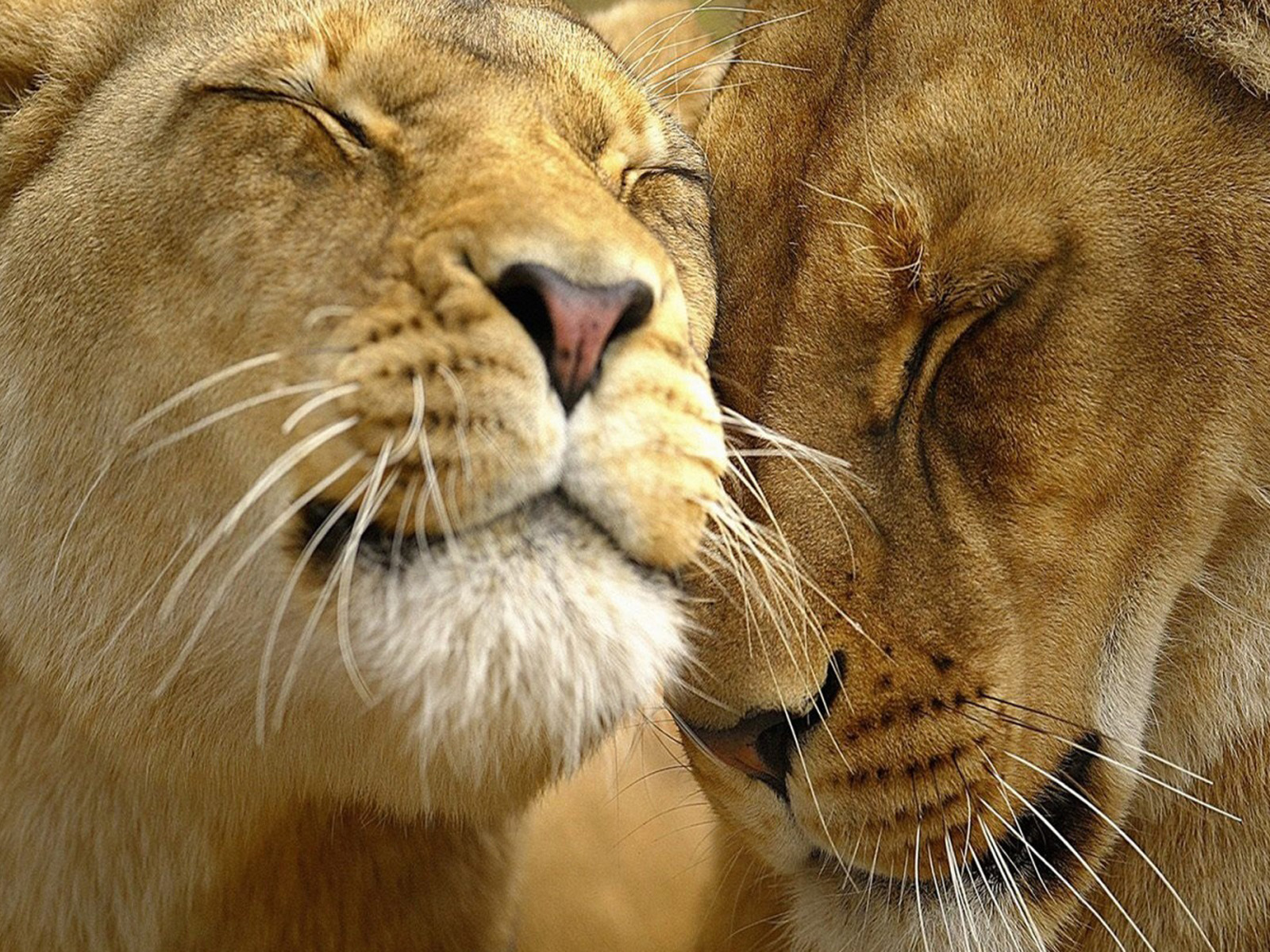
Conclusion
Lion love is a captivating aspect of their social behavior. From pair bonding to parental care, playful interactions, grooming, and non-aggressive affection, lions exhibit a wide range of loving behaviors within their prides. These displays of affection contribute to the unity, cooperation, and overall well-being of the pride. Witnessing and understanding lion love reminds us of the importance of love and affection in our own lives.